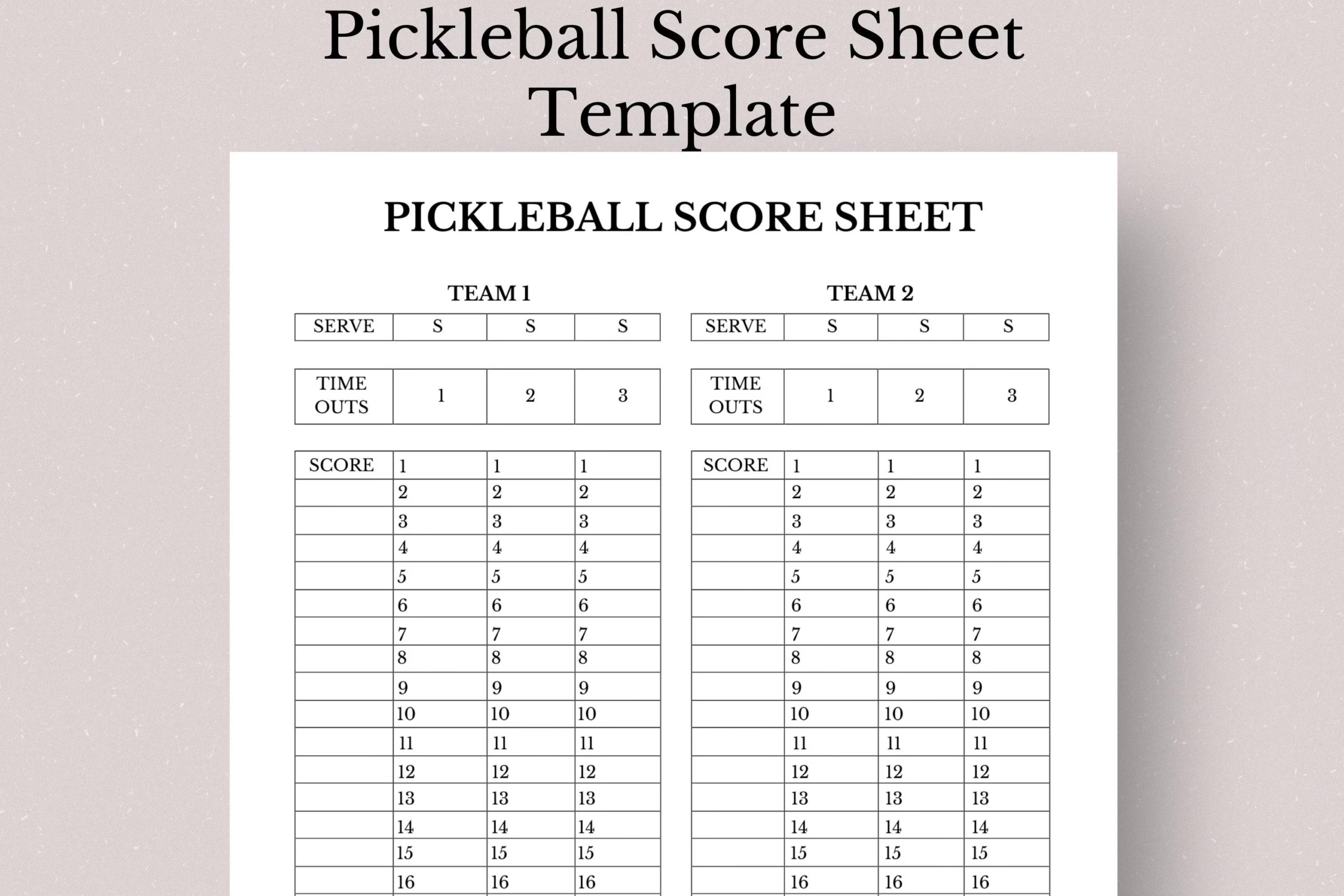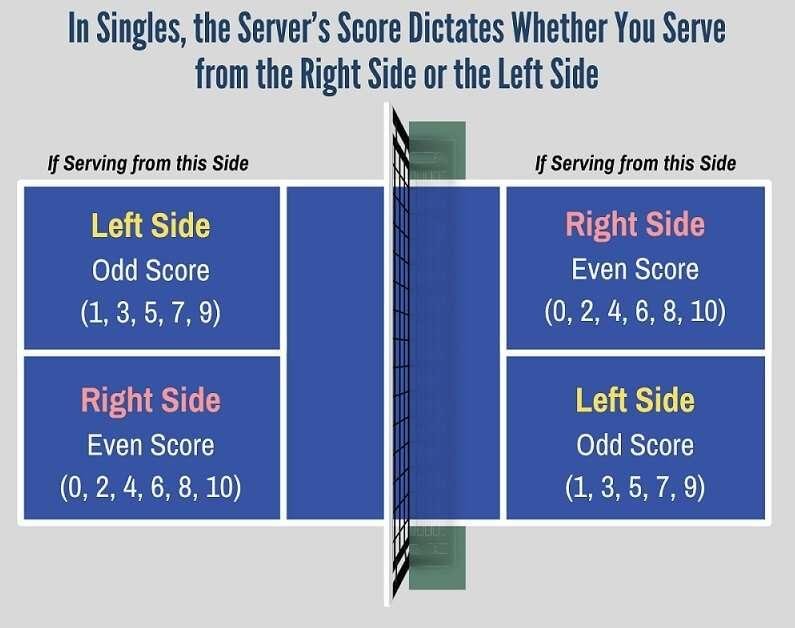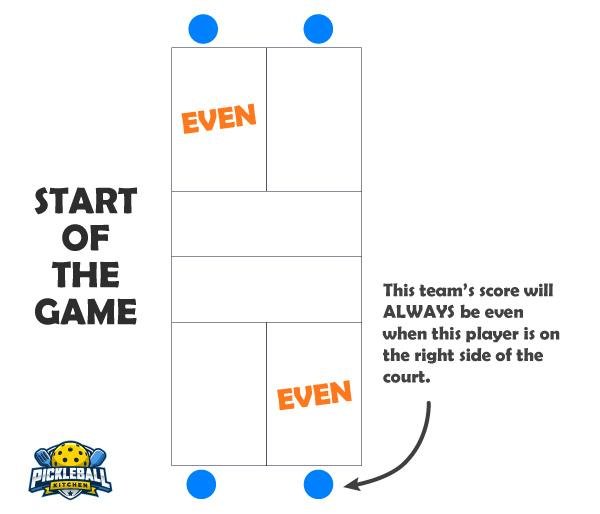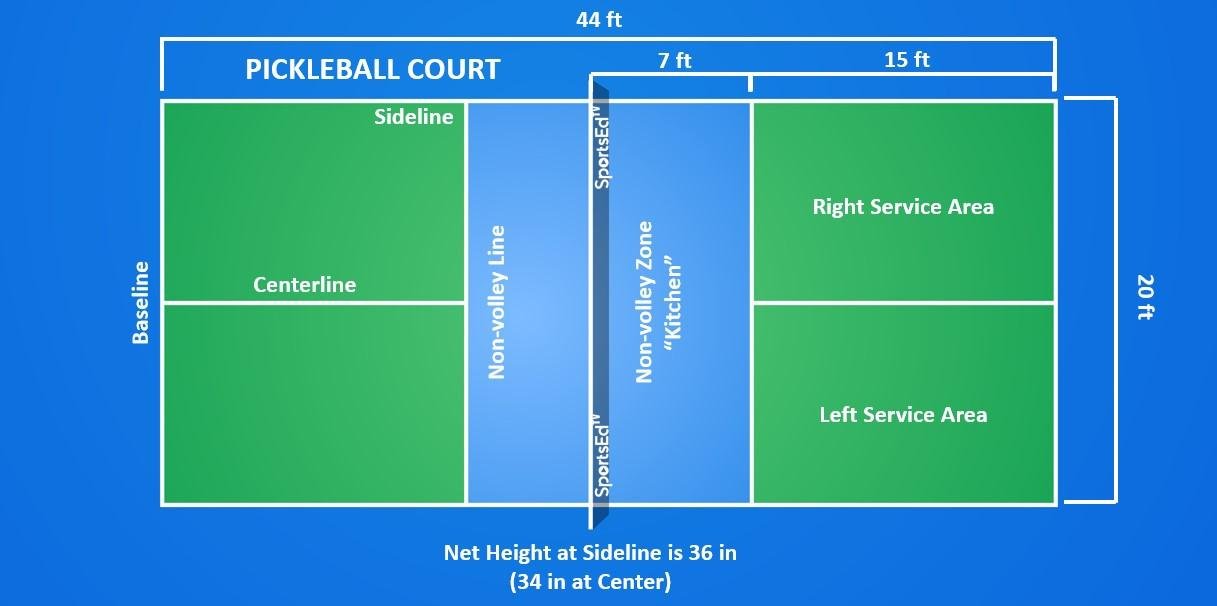Blog
how to score pickleball

Title: Mastering the Game: A Guide to Scoring in Pickleball
In the vibrant world of pickleball, where the echoes of laughter merge with the satisfying thwack of paddle meeting ball, understanding the intricacies of scoring is essential for every player—whether you’re a casual enthusiast or aiming for the competitive edge. As this dynamic sport continues to captivate players across all ages, the nuances of its scoring system can often seem as elusive as a well-placed dink shot. Fear not! In this article, we will demystify the scoring process, explore its unique features, and provide practical tips to help you navigate the court with confidence. Join us as we unravel the straightforward yet strategic components of scoring in pickleball, ensuring you are not just playing the game, but playing it smart.
Understanding the Basics of Pickleball Scoring
Scoring in pickleball is straightforward, but it does have its peculiarities that every player should master. The game is played to 11 points, and a team must win by at least two points. Scoring can only occur when your team is serving; this makes the concept of “side out” crucial—when the serving side loses a rally, they must relinquish their serve to the opposing team. Points are tallied in games that require teams to secure a minimum score, and players must keep an eye on the scoreboard, as a quick adjustment in strategy may be necessary once the score fluctuates.
The following are important aspects of pickleball scoring to remember:
- Only the serving team can score points.
- Each player on the serving team gets a turn to serve until a fault is made.
- If the serving team wins a rally, they earn a point.
- The first server from each team has to call out the score before serving.
| Score Situation | Action |
|---|---|
| 0-0 | Start of the game; first serve begins. |
| 10-9 | Serving team needs 1 point to win; opponent must win by 2. |
| 11-11 | Tiebreaker; every point is crucial. |

Mastering the Different Scoring Systems in Pickleball
Understanding the various scoring systems in pickleball is essential for players at any level. There are primarily two types of scoring systems: Traditional Scoring and Rally Scoring. In Traditional Scoring, only the serving team can earn points, while the opposing team must win the rally to gain the serve. Conversely, Rally Scoring allows both teams to score points regardless of who is serving, making the game more dynamic and faster-paced. New players often find it helpful to memorize the way points are scored and lost to stay focused during matches.
Here’s a quick reference that outlines some key differences and strategies for each scoring system:
| Feature | Traditional Scoring | Rally Scoring |
|---|---|---|
| Point Earning | Only serving team | Both teams |
| Game Duration | Longer due to limited scoring | Faster-paced |
| Strategy Focus | Serving and placement | Consistent rallying and positioning |
| Player Engagement | More strategic timeouts | High engagement throughout |
To truly master these systems, players should practice adapting their strategies based on which scoring method is being used. During Traditional Scoring, it’s crucial to focus on maintaining a strong serve and capitalizing on the opponents’ errors. In contrast, Rally Scoring demands a more aggressive approach, as every rally could result in gaining or losing points, placing a premium on quick thinking and adaptability. Additionally, familiarizing oneself with common tournament rules and variations in scoring can help participants remain competitive and confident on the court.

Strategic Tips for Outscoring Your Opponents
To elevate your game and outscore your opponents, focus on mastering the fundamentals while incorporating strategic plays. Positioning is key; always be aware of where you are on the court and how it affects your shot selection. Utilize the entire court by practicing cross-court shots and aiming for the angles that are difficult for your opponent to reach. Additionally, vary your serves and make use of a lob shot occasionally to disrupt your opponent’s rhythm. This mix keeps your adversary guessing and opens up scoring opportunities.
Another crucial aspect is to capitalize on your opponent’s weaknesses. Observe their footwork and shot preferences throughout the match. If they struggle with high balls, consider using topspin shots to keep the ball bouncing out of reach. Communication with your partner is invaluable during doubles matches; always call for the ball and discuss strategies to create a unified front. Implementing these techniques can significantly enhance your scoring potential:
| Technique | Description | Benefits |
|---|---|---|
| Cross-Court Shots | Hitting diagonally across the court | Opens angles and stretches opponents |
| Lob Shots | High, arching shots | Forces opponents back and creates space |
| Topspin Shots | Shots with a forward rotation | Drives the ball down quickly |

Common Scoring Mistakes and How to Avoid Them
One of the most common scoring mistakes in pickleball is misunderstanding the serving sequence. Players often forget to check who is serving first, which can lead to confusion and missed opportunities for scoring. To avoid this pitfall, always confirm the score before the serve, paying close attention to whether the serving team has had their first or second serve. Additionally, make it a habit to stand in your designated position and be aware of your partner’s movements to ensure you don’t accidentally switch during play.
Another frequent error arises from failing to recognize game rules regarding scoring. Many players mistakenly believe that they can score on any serve, while in reality, only the serving side is able to accumulate points. It’s essential to familiarize yourself with both the traditional 11-point game and the newer 21-point format. Discussing and reviewing the rules as a team or even utilizing a simple chart to keep track of score progression can greatly enhance your understanding and execution of the game.
| Mistake | Solution |
|---|---|
| Misunderstanding serving order | Confirm the score before serving |
| Scoring on every serve | Know the rules for your game format |
Q&A
Q&A: Understanding How to Score in Pickleball
Q1: What is scoring in pickleball, and why is it important?
A1: Scoring in pickleball is the method through which points are awarded during a game. It plays a crucial role in determining the winner. Unlike some sports, only the serving side can score points. Understanding how scoring works is essential for players to strategize effectively and keep track of the game’s pace.
Q2: How many points do you need to win a game of pickleball?
A2: To win a standard game of pickleball, you need to reach 11 points with a minimum lead of 2 points. In some competitive settings, games may go to 15 or 21 points, but the requirement for a 2-point lead still applies. This creates a thrilling atmosphere where every point counts!
Q3: Can you explain the difference between traditional scoring and rally scoring in pickleball?
A3: Absolutely! Traditional scoring only allows the serving team to score points. If the receiving team wins the rally, they gain the serve but don’t earn a point. In rally scoring, on the other hand, either team can score points regardless of who served. This makes every rally significant and can lead to faster-paced and more dynamic gameplay.
Q4: What role does serving play in scoring?
A4: Serving is central to scoring in pickleball. The serving team is the only one that can earn points during their turn. Players must serve from behind the baseline and must ensure the ball lands within the diagonal service court of their opponents. A strong, strategic serve can set the tone for a rally and increase the likelihood of scoring.
Q5: Are there specific rules for serving that affect scoring?
A5: Yes, there are key rules to be aware of! Serves must be made underhand and the paddle must make contact with the ball below the waist. Additionally, the serve must clear the non-volley zone (often referred to as ”the kitchen”) and land in the appropriate diagonal service box. Violation of these rules results in a fault, losing the chance to score.
Q6: How do you keep track of the score during a match?
A6: Keeping track of the score in pickleball involves a unique sequence: always announce the server’s score first, then the opponent’s score, followed by the server number. For example, you might say “4-2-2,” indicating the serving team has 4 points, the receiving team has 2 points, and it’s the second server of the serving team. This helps maintain clarity throughout the game.
Q7: What are some common scoring strategies in pickleball?
A7: Effective scoring strategies can make all the difference! Players often aim for deep serves to push opponents back, utilize the non-volley zone to set up strategic points, and look for opportunities to force errors from their opponents. Keeping the ball in play and maintaining strong communication with your partner, if playing doubles, are also key components of a successful strategy.
Q8: Are there any common pitfalls to watch out for in scoring?
A8: Yes, one common pitfall is misunderstanding when to switch servers—players should only switch after the first point is scored on their service. Additionally, failing to call out the score correctly can lead to confusion. Miscommunication can result in unnecessary faults or missed opportunities, so it’s essential to stay vigilant and clear about the score.
Q9: Can scoring differences affect your gameplay?
A9: Definitely! The score can impact a player’s mindset and strategy. For instance, if you’re behind, you may feel pressure to take risks, while leading can lead to a more conservative play style. Understanding how to manage these emotions and adapting your strategy accordingly is a vital part of pickleball!
By mastering the intricacies of scoring in pickleball, you will not only enhance your gameplay but also increase your enjoyment of this exciting sport. Remember, every point is a chance to shine!
The Way Forward
scoring in pickleball is not just a matter of tallying points; it’s a rhythmic dance of strategy, skill, and adherence to the unique rules of the game. As you step onto the court, understanding the nuances of both traditional scoring and the popular rally scoring system will empower you to play with confidence and clarity. Whether you’re rallying with friends or challenging skilled opponents, knowing how to properly score can enhance your gameplay and enrich your overall experience. So grab your paddle, keep these scoring principles in mind, and may your games be filled with both spirited competition and camaraderie. Happy playing!












